Financial Management: Concept, Ratios, Statements & Performance Review
VerifiedAdded on 2023/06/18
|14
|2347
|307
Report
AI Summary
This report provides a comprehensive overview of financial management, emphasizing its importance in business operations. It covers key concepts such as budgeting and tax planning, highlighting the role of financial management in determining financial requirements and promoting organizational growth. The report also examines various financial statements, including the income statement, balance sheet, and cash flow statement, along with the use of financial ratios to assess profitability, liquidity, and efficiency. A business performance review analyzes profitability, liquidity, and efficiency using data from 2015 and 2016. Furthermore, the report suggests ways to improve business performance, such as identifying customer needs, investing in planning, minimizing sales costs, developing a productive organizational culture, and utilizing risk management software. The conclusion emphasizes that effective financial management enables informed decision-making and enhances long-term sustainability.

Importance of
Financial
Management
Financial
Management
Paraphrase This Document
Need a fresh take? Get an instant paraphrase of this document with our AI Paraphraser
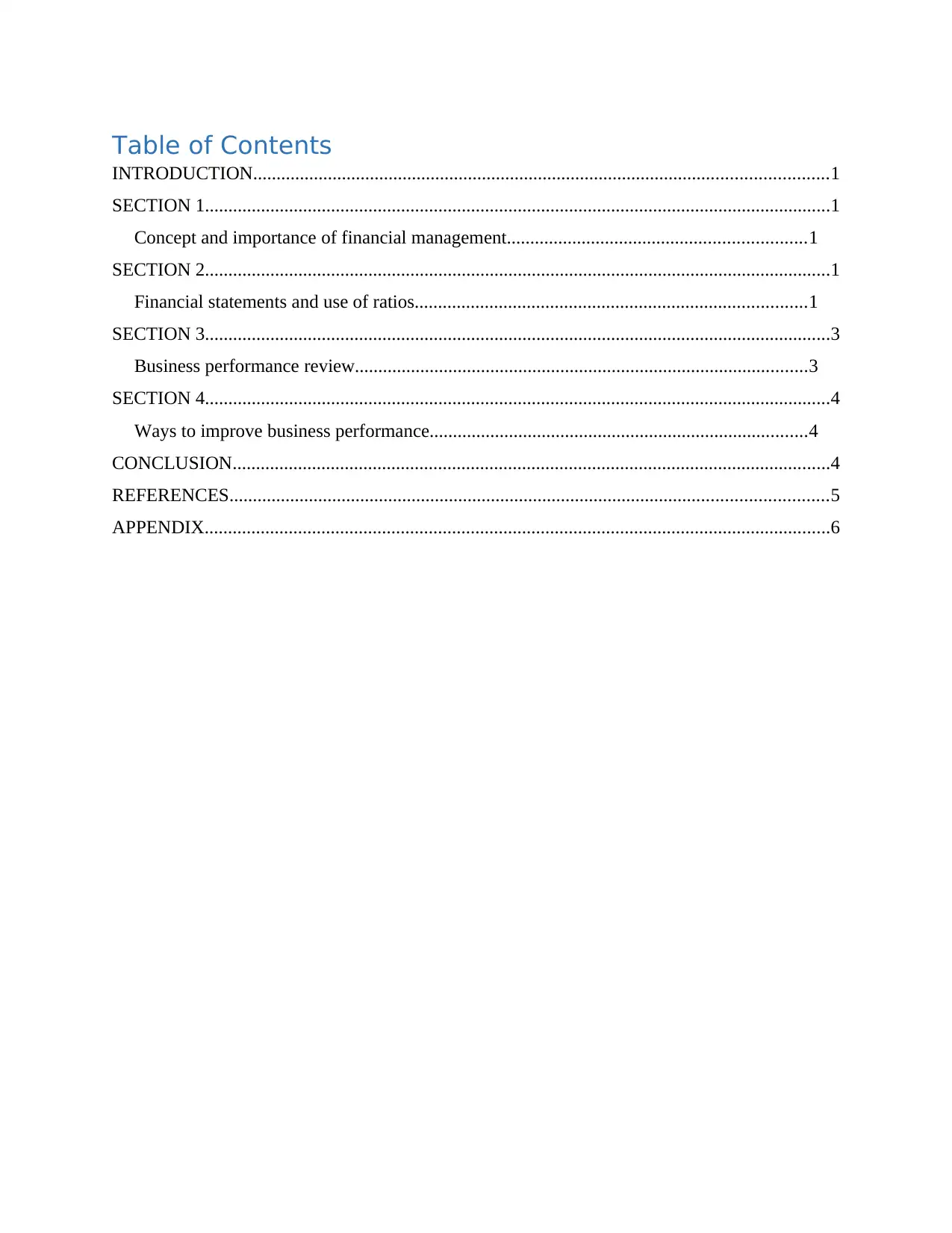
Table of Contents
INTRODUCTION...........................................................................................................................1
SECTION 1......................................................................................................................................1
Concept and importance of financial management................................................................1
SECTION 2......................................................................................................................................1
Financial statements and use of ratios....................................................................................1
SECTION 3......................................................................................................................................3
Business performance review.................................................................................................3
SECTION 4......................................................................................................................................4
Ways to improve business performance.................................................................................4
CONCLUSION................................................................................................................................4
REFERENCES................................................................................................................................5
APPENDIX......................................................................................................................................6
INTRODUCTION...........................................................................................................................1
SECTION 1......................................................................................................................................1
Concept and importance of financial management................................................................1
SECTION 2......................................................................................................................................1
Financial statements and use of ratios....................................................................................1
SECTION 3......................................................................................................................................3
Business performance review.................................................................................................3
SECTION 4......................................................................................................................................4
Ways to improve business performance.................................................................................4
CONCLUSION................................................................................................................................4
REFERENCES................................................................................................................................5
APPENDIX......................................................................................................................................6

INTRODUCTION
Business finance refers to monetary resource and assets used by organisation for reaching
towards the business goals and objectives. Finance is vital for business started from buying of
unprocessed material to deliver products and service to consumers. Business finance comprises
of procurement of finances to use in meeting of business requirement. This offers funds for
business working capital requirement, capital essential and also give diversification of monetary
assets (Abdulazeez and et. al., 2018). In this report, it includes financial management and its
importance in business. Along with this, different financial statement and utilization of ratio in
financial management is mentioned.
SECTION 1
Concept and importance of financial management
Financial management is one of the most vital concept in business. It is the aspect of
planning which includes accurate forecast of revenue, expenses and profitability of the
organisation. The concept of financial management is mentioned below:
Budgeting: It is one of the most vital concept as this helps in developing a master budget
yearly which comprises of income and expense projections, cash flow statement, profit and loss
statement and balance sheet (Din, Ghozali and Achmad, 2017).
Tax planning: Tax planning is an integral function which is conducted for smooth
functioning of firm. An effective tax planning would help in minimising the payroll taxes, lower
the income tax liability and so on.
Importance
Financial management assists in determining the financial requirement of the business
concern and leads to take financial planning of the concern. It plays vital part in business concern
and also aid in promoting of an organisation. It also helps in improving the profitability position
with the help of strong financial control device such as budgetary control, cost profit analysis and
ratio analysis (Yue and et. al., 2019). An effective financial management aids in promoting and
mobilizing person and corporate saving as now a day, financial management is also known as
business finance or corporate finance. It also helps in increasing the overall value of the firm.
1
Business finance refers to monetary resource and assets used by organisation for reaching
towards the business goals and objectives. Finance is vital for business started from buying of
unprocessed material to deliver products and service to consumers. Business finance comprises
of procurement of finances to use in meeting of business requirement. This offers funds for
business working capital requirement, capital essential and also give diversification of monetary
assets (Abdulazeez and et. al., 2018). In this report, it includes financial management and its
importance in business. Along with this, different financial statement and utilization of ratio in
financial management is mentioned.
SECTION 1
Concept and importance of financial management
Financial management is one of the most vital concept in business. It is the aspect of
planning which includes accurate forecast of revenue, expenses and profitability of the
organisation. The concept of financial management is mentioned below:
Budgeting: It is one of the most vital concept as this helps in developing a master budget
yearly which comprises of income and expense projections, cash flow statement, profit and loss
statement and balance sheet (Din, Ghozali and Achmad, 2017).
Tax planning: Tax planning is an integral function which is conducted for smooth
functioning of firm. An effective tax planning would help in minimising the payroll taxes, lower
the income tax liability and so on.
Importance
Financial management assists in determining the financial requirement of the business
concern and leads to take financial planning of the concern. It plays vital part in business concern
and also aid in promoting of an organisation. It also helps in improving the profitability position
with the help of strong financial control device such as budgetary control, cost profit analysis and
ratio analysis (Yue and et. al., 2019). An effective financial management aids in promoting and
mobilizing person and corporate saving as now a day, financial management is also known as
business finance or corporate finance. It also helps in increasing the overall value of the firm.
1
⊘ This is a preview!⊘
Do you want full access?
Subscribe today to unlock all pages.

Trusted by 1+ million students worldwide
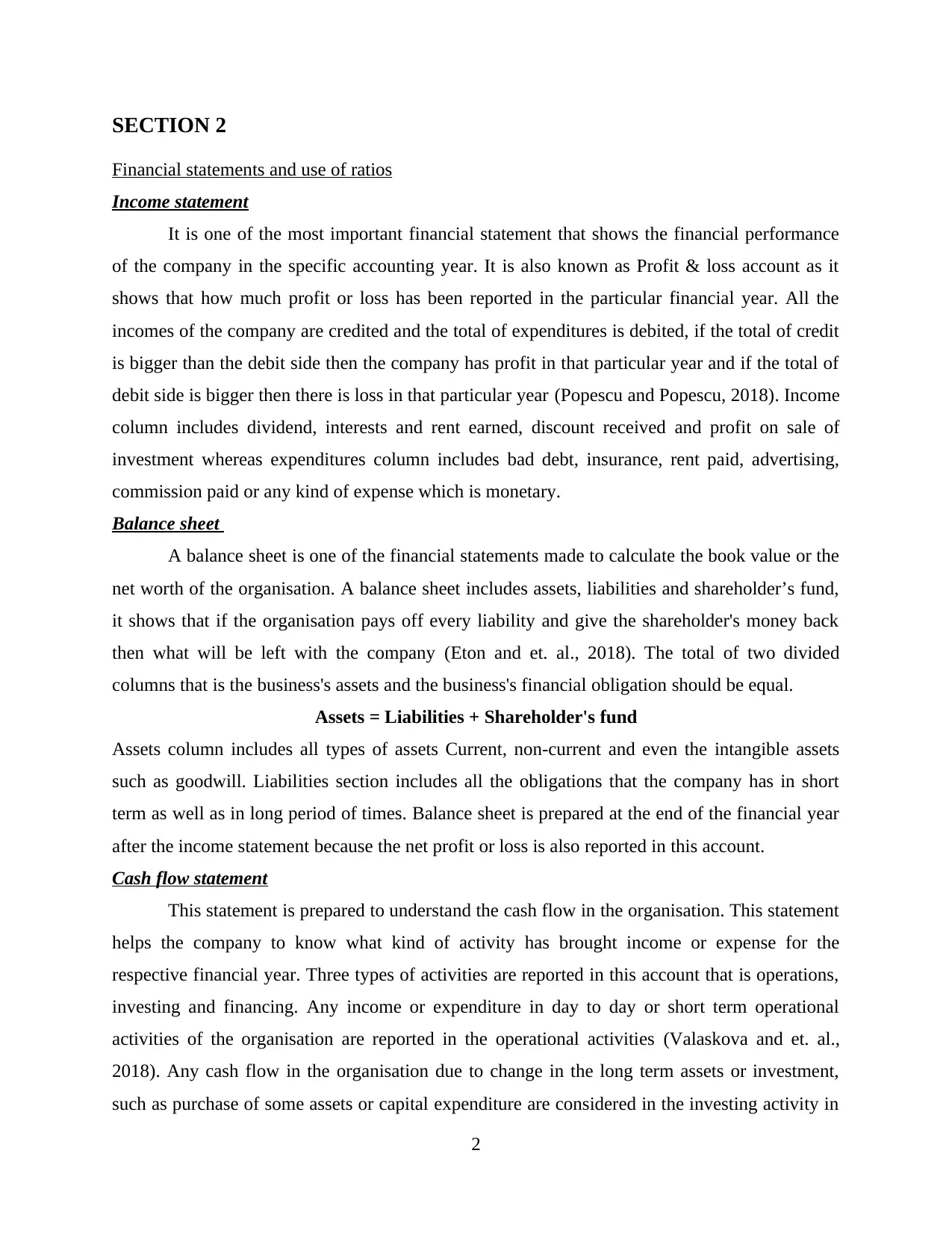
SECTION 2
Financial statements and use of ratios
Income statement
It is one of the most important financial statement that shows the financial performance
of the company in the specific accounting year. It is also known as Profit & loss account as it
shows that how much profit or loss has been reported in the particular financial year. All the
incomes of the company are credited and the total of expenditures is debited, if the total of credit
is bigger than the debit side then the company has profit in that particular year and if the total of
debit side is bigger then there is loss in that particular year (Popescu and Popescu, 2018). Income
column includes dividend, interests and rent earned, discount received and profit on sale of
investment whereas expenditures column includes bad debt, insurance, rent paid, advertising,
commission paid or any kind of expense which is monetary.
Balance sheet
A balance sheet is one of the financial statements made to calculate the book value or the
net worth of the organisation. A balance sheet includes assets, liabilities and shareholder’s fund,
it shows that if the organisation pays off every liability and give the shareholder's money back
then what will be left with the company (Eton and et. al., 2018). The total of two divided
columns that is the business's assets and the business's financial obligation should be equal.
Assets = Liabilities + Shareholder's fund
Assets column includes all types of assets Current, non-current and even the intangible assets
such as goodwill. Liabilities section includes all the obligations that the company has in short
term as well as in long period of times. Balance sheet is prepared at the end of the financial year
after the income statement because the net profit or loss is also reported in this account.
Cash flow statement
This statement is prepared to understand the cash flow in the organisation. This statement
helps the company to know what kind of activity has brought income or expense for the
respective financial year. Three types of activities are reported in this account that is operations,
investing and financing. Any income or expenditure in day to day or short term operational
activities of the organisation are reported in the operational activities (Valaskova and et. al.,
2018). Any cash flow in the organisation due to change in the long term assets or investment,
such as purchase of some assets or capital expenditure are considered in the investing activity in
2
Financial statements and use of ratios
Income statement
It is one of the most important financial statement that shows the financial performance
of the company in the specific accounting year. It is also known as Profit & loss account as it
shows that how much profit or loss has been reported in the particular financial year. All the
incomes of the company are credited and the total of expenditures is debited, if the total of credit
is bigger than the debit side then the company has profit in that particular year and if the total of
debit side is bigger then there is loss in that particular year (Popescu and Popescu, 2018). Income
column includes dividend, interests and rent earned, discount received and profit on sale of
investment whereas expenditures column includes bad debt, insurance, rent paid, advertising,
commission paid or any kind of expense which is monetary.
Balance sheet
A balance sheet is one of the financial statements made to calculate the book value or the
net worth of the organisation. A balance sheet includes assets, liabilities and shareholder’s fund,
it shows that if the organisation pays off every liability and give the shareholder's money back
then what will be left with the company (Eton and et. al., 2018). The total of two divided
columns that is the business's assets and the business's financial obligation should be equal.
Assets = Liabilities + Shareholder's fund
Assets column includes all types of assets Current, non-current and even the intangible assets
such as goodwill. Liabilities section includes all the obligations that the company has in short
term as well as in long period of times. Balance sheet is prepared at the end of the financial year
after the income statement because the net profit or loss is also reported in this account.
Cash flow statement
This statement is prepared to understand the cash flow in the organisation. This statement
helps the company to know what kind of activity has brought income or expense for the
respective financial year. Three types of activities are reported in this account that is operations,
investing and financing. Any income or expenditure in day to day or short term operational
activities of the organisation are reported in the operational activities (Valaskova and et. al.,
2018). Any cash flow in the organisation due to change in the long term assets or investment,
such as purchase of some assets or capital expenditure are considered in the investing activity in
2
Paraphrase This Document
Need a fresh take? Get an instant paraphrase of this document with our AI Paraphraser
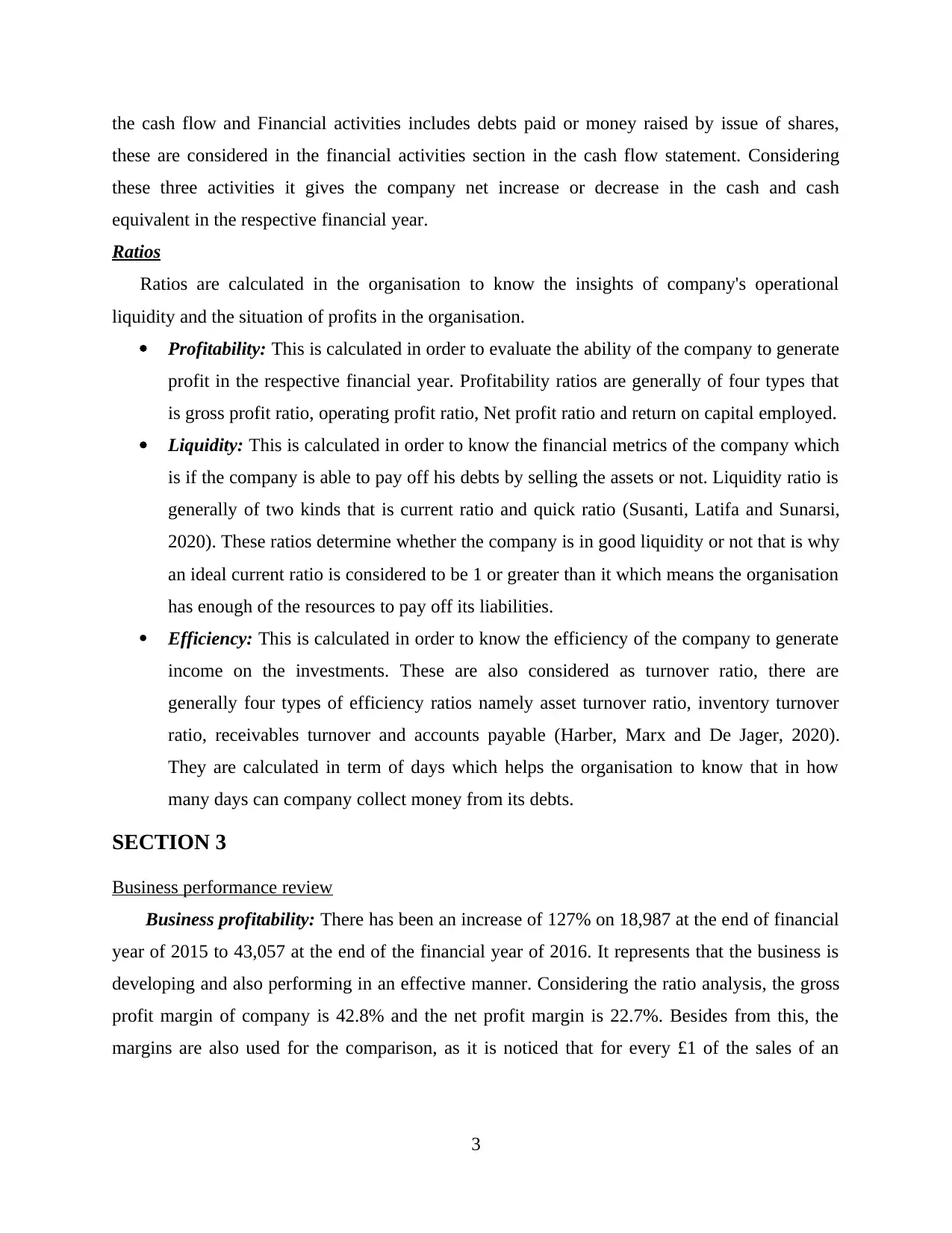
the cash flow and Financial activities includes debts paid or money raised by issue of shares,
these are considered in the financial activities section in the cash flow statement. Considering
these three activities it gives the company net increase or decrease in the cash and cash
equivalent in the respective financial year.
Ratios
Ratios are calculated in the organisation to know the insights of company's operational
liquidity and the situation of profits in the organisation.
Profitability: This is calculated in order to evaluate the ability of the company to generate
profit in the respective financial year. Profitability ratios are generally of four types that
is gross profit ratio, operating profit ratio, Net profit ratio and return on capital employed.
Liquidity: This is calculated in order to know the financial metrics of the company which
is if the company is able to pay off his debts by selling the assets or not. Liquidity ratio is
generally of two kinds that is current ratio and quick ratio (Susanti, Latifa and Sunarsi,
2020). These ratios determine whether the company is in good liquidity or not that is why
an ideal current ratio is considered to be 1 or greater than it which means the organisation
has enough of the resources to pay off its liabilities.
Efficiency: This is calculated in order to know the efficiency of the company to generate
income on the investments. These are also considered as turnover ratio, there are
generally four types of efficiency ratios namely asset turnover ratio, inventory turnover
ratio, receivables turnover and accounts payable (Harber, Marx and De Jager, 2020).
They are calculated in term of days which helps the organisation to know that in how
many days can company collect money from its debts.
SECTION 3
Business performance review
Business profitability: There has been an increase of 127% on 18,987 at the end of financial
year of 2015 to 43,057 at the end of the financial year of 2016. It represents that the business is
developing and also performing in an effective manner. Considering the ratio analysis, the gross
profit margin of company is 42.8% and the net profit margin is 22.7%. Besides from this, the
margins are also used for the comparison, as it is noticed that for every £1 of the sales of an
3
these are considered in the financial activities section in the cash flow statement. Considering
these three activities it gives the company net increase or decrease in the cash and cash
equivalent in the respective financial year.
Ratios
Ratios are calculated in the organisation to know the insights of company's operational
liquidity and the situation of profits in the organisation.
Profitability: This is calculated in order to evaluate the ability of the company to generate
profit in the respective financial year. Profitability ratios are generally of four types that
is gross profit ratio, operating profit ratio, Net profit ratio and return on capital employed.
Liquidity: This is calculated in order to know the financial metrics of the company which
is if the company is able to pay off his debts by selling the assets or not. Liquidity ratio is
generally of two kinds that is current ratio and quick ratio (Susanti, Latifa and Sunarsi,
2020). These ratios determine whether the company is in good liquidity or not that is why
an ideal current ratio is considered to be 1 or greater than it which means the organisation
has enough of the resources to pay off its liabilities.
Efficiency: This is calculated in order to know the efficiency of the company to generate
income on the investments. These are also considered as turnover ratio, there are
generally four types of efficiency ratios namely asset turnover ratio, inventory turnover
ratio, receivables turnover and accounts payable (Harber, Marx and De Jager, 2020).
They are calculated in term of days which helps the organisation to know that in how
many days can company collect money from its debts.
SECTION 3
Business performance review
Business profitability: There has been an increase of 127% on 18,987 at the end of financial
year of 2015 to 43,057 at the end of the financial year of 2016. It represents that the business is
developing and also performing in an effective manner. Considering the ratio analysis, the gross
profit margin of company is 42.8% and the net profit margin is 22.7%. Besides from this, the
margins are also used for the comparison, as it is noticed that for every £1 of the sales of an
3
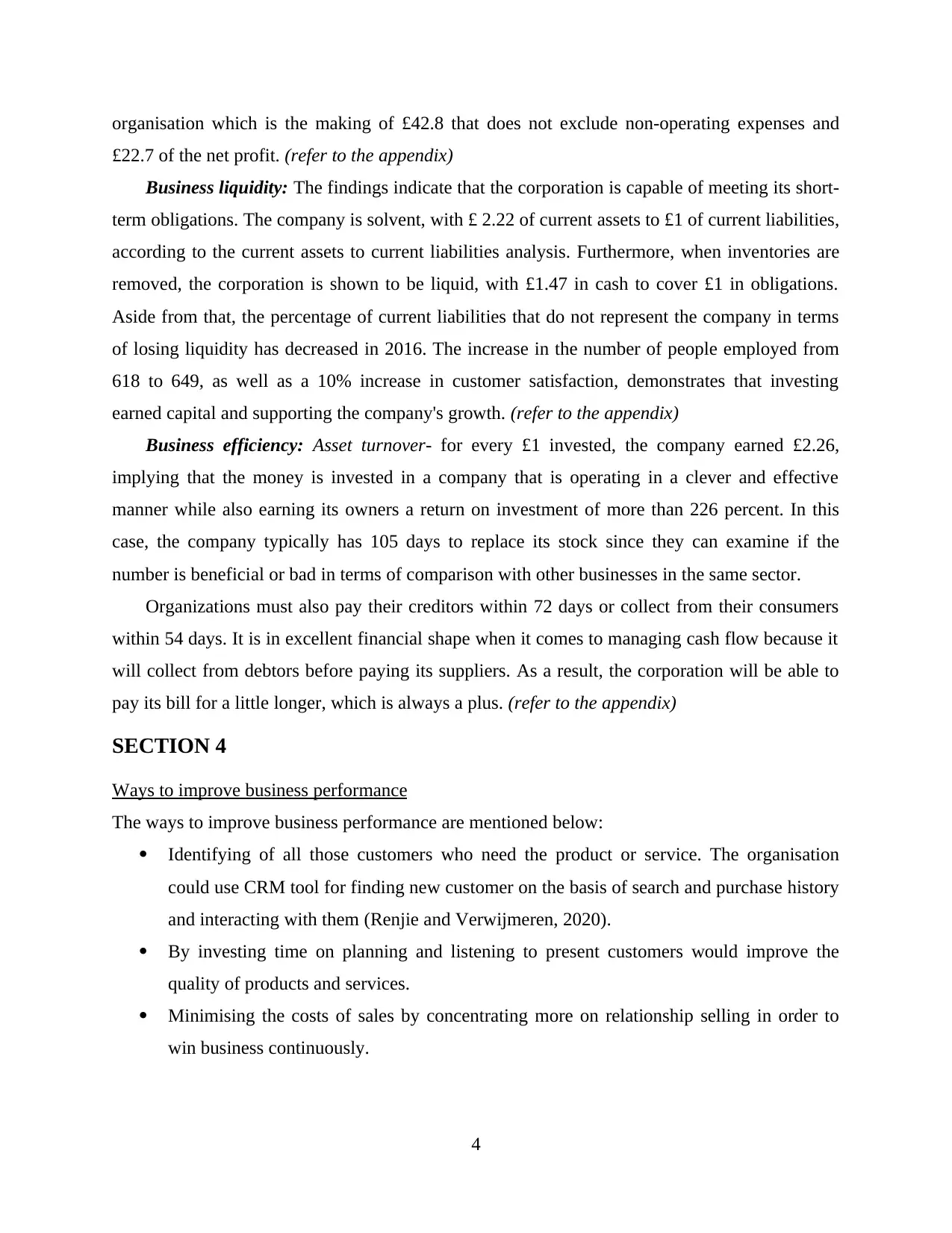
organisation which is the making of £42.8 that does not exclude non-operating expenses and
£22.7 of the net profit. (refer to the appendix)
Business liquidity: The findings indicate that the corporation is capable of meeting its short-
term obligations. The company is solvent, with £ 2.22 of current assets to £1 of current liabilities,
according to the current assets to current liabilities analysis. Furthermore, when inventories are
removed, the corporation is shown to be liquid, with £1.47 in cash to cover £1 in obligations.
Aside from that, the percentage of current liabilities that do not represent the company in terms
of losing liquidity has decreased in 2016. The increase in the number of people employed from
618 to 649, as well as a 10% increase in customer satisfaction, demonstrates that investing
earned capital and supporting the company's growth. (refer to the appendix)
Business efficiency: Asset turnover- for every £1 invested, the company earned £2.26,
implying that the money is invested in a company that is operating in a clever and effective
manner while also earning its owners a return on investment of more than 226 percent. In this
case, the company typically has 105 days to replace its stock since they can examine if the
number is beneficial or bad in terms of comparison with other businesses in the same sector.
Organizations must also pay their creditors within 72 days or collect from their consumers
within 54 days. It is in excellent financial shape when it comes to managing cash flow because it
will collect from debtors before paying its suppliers. As a result, the corporation will be able to
pay its bill for a little longer, which is always a plus. (refer to the appendix)
SECTION 4
Ways to improve business performance
The ways to improve business performance are mentioned below:
Identifying of all those customers who need the product or service. The organisation
could use CRM tool for finding new customer on the basis of search and purchase history
and interacting with them (Renjie and Verwijmeren, 2020).
By investing time on planning and listening to present customers would improve the
quality of products and services.
Minimising the costs of sales by concentrating more on relationship selling in order to
win business continuously.
4
£22.7 of the net profit. (refer to the appendix)
Business liquidity: The findings indicate that the corporation is capable of meeting its short-
term obligations. The company is solvent, with £ 2.22 of current assets to £1 of current liabilities,
according to the current assets to current liabilities analysis. Furthermore, when inventories are
removed, the corporation is shown to be liquid, with £1.47 in cash to cover £1 in obligations.
Aside from that, the percentage of current liabilities that do not represent the company in terms
of losing liquidity has decreased in 2016. The increase in the number of people employed from
618 to 649, as well as a 10% increase in customer satisfaction, demonstrates that investing
earned capital and supporting the company's growth. (refer to the appendix)
Business efficiency: Asset turnover- for every £1 invested, the company earned £2.26,
implying that the money is invested in a company that is operating in a clever and effective
manner while also earning its owners a return on investment of more than 226 percent. In this
case, the company typically has 105 days to replace its stock since they can examine if the
number is beneficial or bad in terms of comparison with other businesses in the same sector.
Organizations must also pay their creditors within 72 days or collect from their consumers
within 54 days. It is in excellent financial shape when it comes to managing cash flow because it
will collect from debtors before paying its suppliers. As a result, the corporation will be able to
pay its bill for a little longer, which is always a plus. (refer to the appendix)
SECTION 4
Ways to improve business performance
The ways to improve business performance are mentioned below:
Identifying of all those customers who need the product or service. The organisation
could use CRM tool for finding new customer on the basis of search and purchase history
and interacting with them (Renjie and Verwijmeren, 2020).
By investing time on planning and listening to present customers would improve the
quality of products and services.
Minimising the costs of sales by concentrating more on relationship selling in order to
win business continuously.
4
⊘ This is a preview!⊘
Do you want full access?
Subscribe today to unlock all pages.

Trusted by 1+ million students worldwide
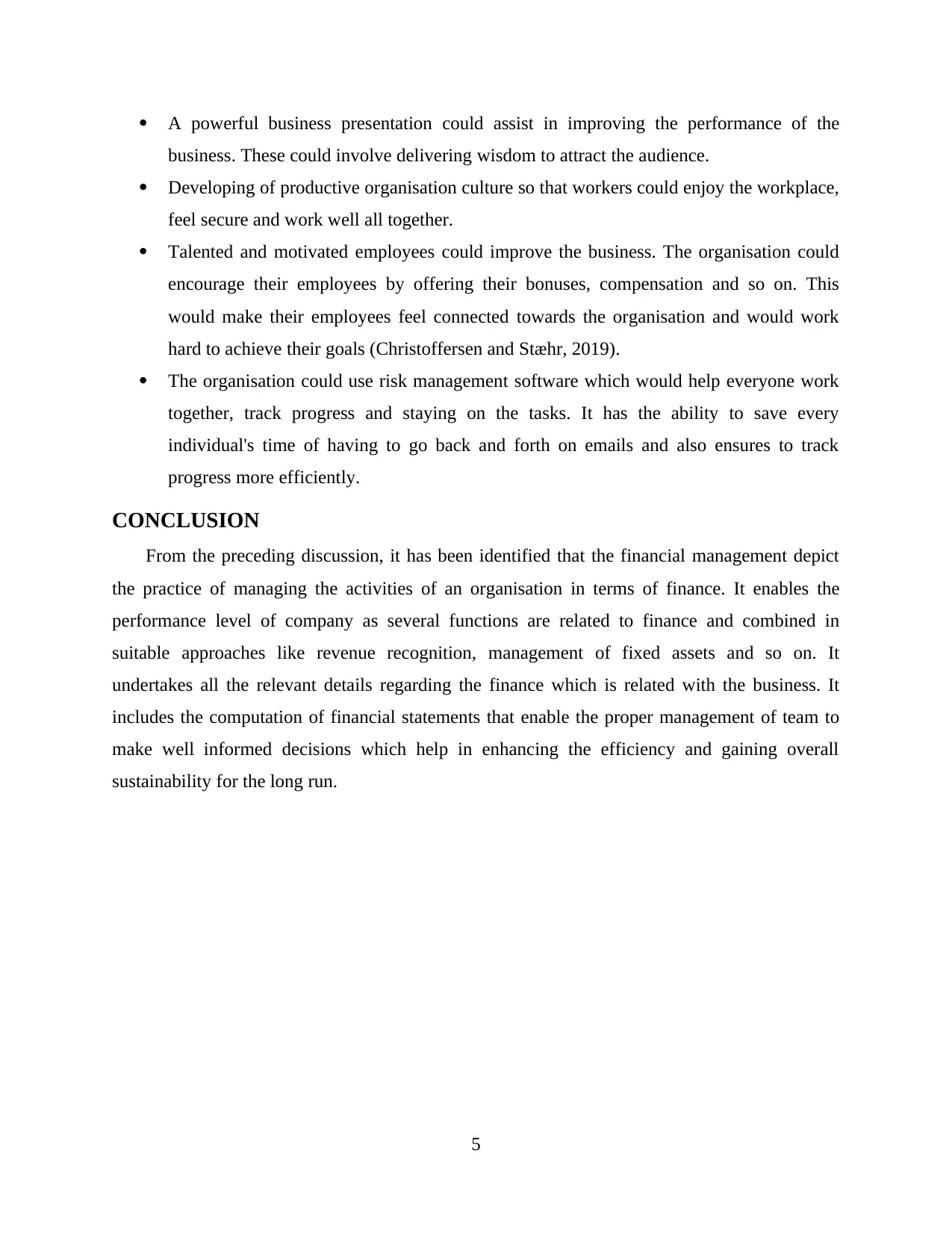
A powerful business presentation could assist in improving the performance of the
business. These could involve delivering wisdom to attract the audience.
Developing of productive organisation culture so that workers could enjoy the workplace,
feel secure and work well all together.
Talented and motivated employees could improve the business. The organisation could
encourage their employees by offering their bonuses, compensation and so on. This
would make their employees feel connected towards the organisation and would work
hard to achieve their goals (Christoffersen and Stæhr, 2019).
The organisation could use risk management software which would help everyone work
together, track progress and staying on the tasks. It has the ability to save every
individual's time of having to go back and forth on emails and also ensures to track
progress more efficiently.
CONCLUSION
From the preceding discussion, it has been identified that the financial management depict
the practice of managing the activities of an organisation in terms of finance. It enables the
performance level of company as several functions are related to finance and combined in
suitable approaches like revenue recognition, management of fixed assets and so on. It
undertakes all the relevant details regarding the finance which is related with the business. It
includes the computation of financial statements that enable the proper management of team to
make well informed decisions which help in enhancing the efficiency and gaining overall
sustainability for the long run.
5
business. These could involve delivering wisdom to attract the audience.
Developing of productive organisation culture so that workers could enjoy the workplace,
feel secure and work well all together.
Talented and motivated employees could improve the business. The organisation could
encourage their employees by offering their bonuses, compensation and so on. This
would make their employees feel connected towards the organisation and would work
hard to achieve their goals (Christoffersen and Stæhr, 2019).
The organisation could use risk management software which would help everyone work
together, track progress and staying on the tasks. It has the ability to save every
individual's time of having to go back and forth on emails and also ensures to track
progress more efficiently.
CONCLUSION
From the preceding discussion, it has been identified that the financial management depict
the practice of managing the activities of an organisation in terms of finance. It enables the
performance level of company as several functions are related to finance and combined in
suitable approaches like revenue recognition, management of fixed assets and so on. It
undertakes all the relevant details regarding the finance which is related with the business. It
includes the computation of financial statements that enable the proper management of team to
make well informed decisions which help in enhancing the efficiency and gaining overall
sustainability for the long run.
5
Paraphrase This Document
Need a fresh take? Get an instant paraphrase of this document with our AI Paraphraser
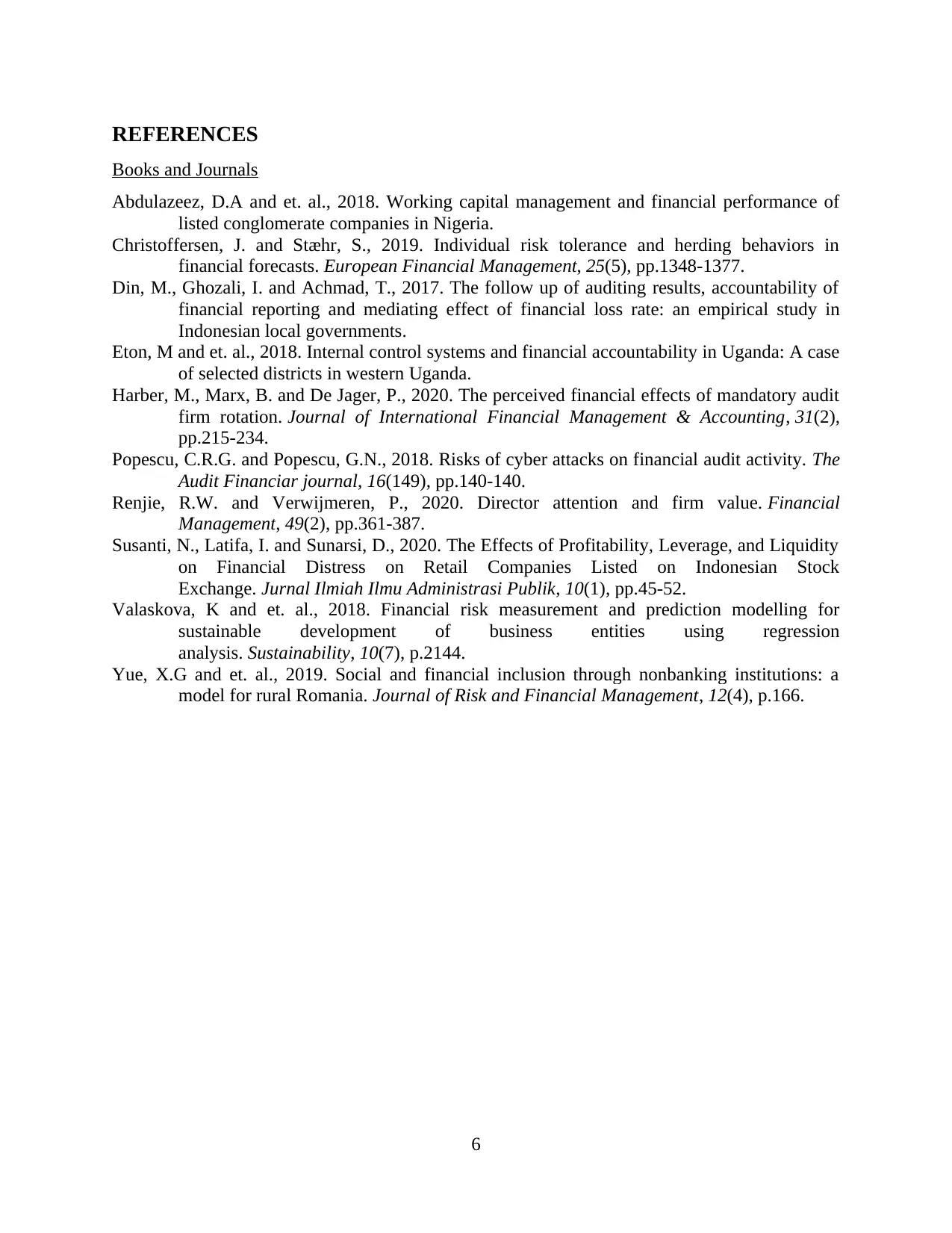
REFERENCES
Books and Journals
Abdulazeez, D.A and et. al., 2018. Working capital management and financial performance of
listed conglomerate companies in Nigeria.
Christoffersen, J. and Stæhr, S., 2019. Individual risk tolerance and herding behaviors in
financial forecasts. European Financial Management, 25(5), pp.1348-1377.
Din, M., Ghozali, I. and Achmad, T., 2017. The follow up of auditing results, accountability of
financial reporting and mediating effect of financial loss rate: an empirical study in
Indonesian local governments.
Eton, M and et. al., 2018. Internal control systems and financial accountability in Uganda: A case
of selected districts in western Uganda.
Harber, M., Marx, B. and De Jager, P., 2020. The perceived financial effects of mandatory audit
firm rotation. Journal of International Financial Management & Accounting, 31(2),
pp.215-234.
Popescu, C.R.G. and Popescu, G.N., 2018. Risks of cyber attacks on financial audit activity. The
Audit Financiar journal, 16(149), pp.140-140.
Renjie, R.W. and Verwijmeren, P., 2020. Director attention and firm value. Financial
Management, 49(2), pp.361-387.
Susanti, N., Latifa, I. and Sunarsi, D., 2020. The Effects of Profitability, Leverage, and Liquidity
on Financial Distress on Retail Companies Listed on Indonesian Stock
Exchange. Jurnal Ilmiah Ilmu Administrasi Publik, 10(1), pp.45-52.
Valaskova, K and et. al., 2018. Financial risk measurement and prediction modelling for
sustainable development of business entities using regression
analysis. Sustainability, 10(7), p.2144.
Yue, X.G and et. al., 2019. Social and financial inclusion through nonbanking institutions: a
model for rural Romania. Journal of Risk and Financial Management, 12(4), p.166.
6
Books and Journals
Abdulazeez, D.A and et. al., 2018. Working capital management and financial performance of
listed conglomerate companies in Nigeria.
Christoffersen, J. and Stæhr, S., 2019. Individual risk tolerance and herding behaviors in
financial forecasts. European Financial Management, 25(5), pp.1348-1377.
Din, M., Ghozali, I. and Achmad, T., 2017. The follow up of auditing results, accountability of
financial reporting and mediating effect of financial loss rate: an empirical study in
Indonesian local governments.
Eton, M and et. al., 2018. Internal control systems and financial accountability in Uganda: A case
of selected districts in western Uganda.
Harber, M., Marx, B. and De Jager, P., 2020. The perceived financial effects of mandatory audit
firm rotation. Journal of International Financial Management & Accounting, 31(2),
pp.215-234.
Popescu, C.R.G. and Popescu, G.N., 2018. Risks of cyber attacks on financial audit activity. The
Audit Financiar journal, 16(149), pp.140-140.
Renjie, R.W. and Verwijmeren, P., 2020. Director attention and firm value. Financial
Management, 49(2), pp.361-387.
Susanti, N., Latifa, I. and Sunarsi, D., 2020. The Effects of Profitability, Leverage, and Liquidity
on Financial Distress on Retail Companies Listed on Indonesian Stock
Exchange. Jurnal Ilmiah Ilmu Administrasi Publik, 10(1), pp.45-52.
Valaskova, K and et. al., 2018. Financial risk measurement and prediction modelling for
sustainable development of business entities using regression
analysis. Sustainability, 10(7), p.2144.
Yue, X.G and et. al., 2019. Social and financial inclusion through nonbanking institutions: a
model for rural Romania. Journal of Risk and Financial Management, 12(4), p.166.
6
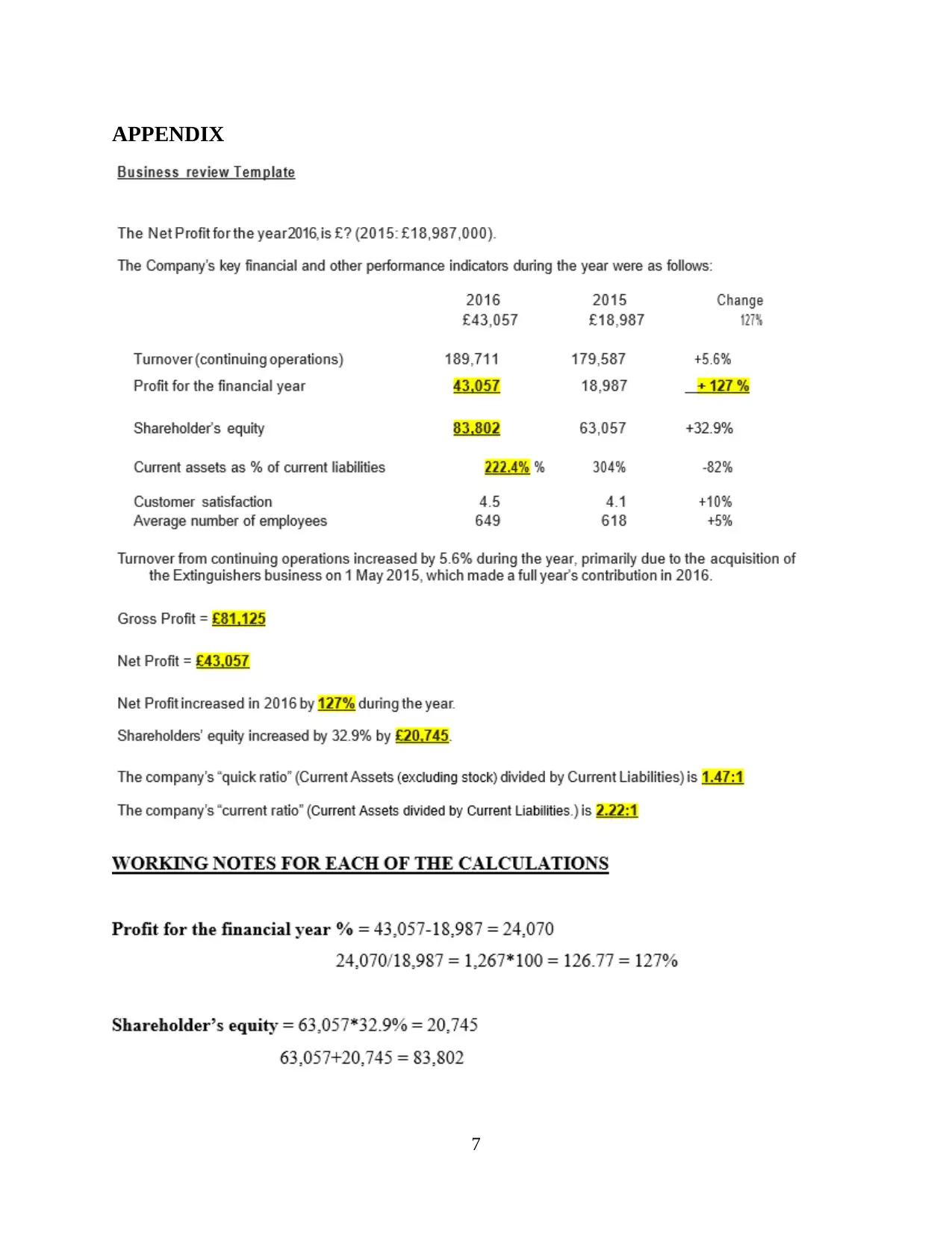
APPENDIX
7
7
⊘ This is a preview!⊘
Do you want full access?
Subscribe today to unlock all pages.

Trusted by 1+ million students worldwide
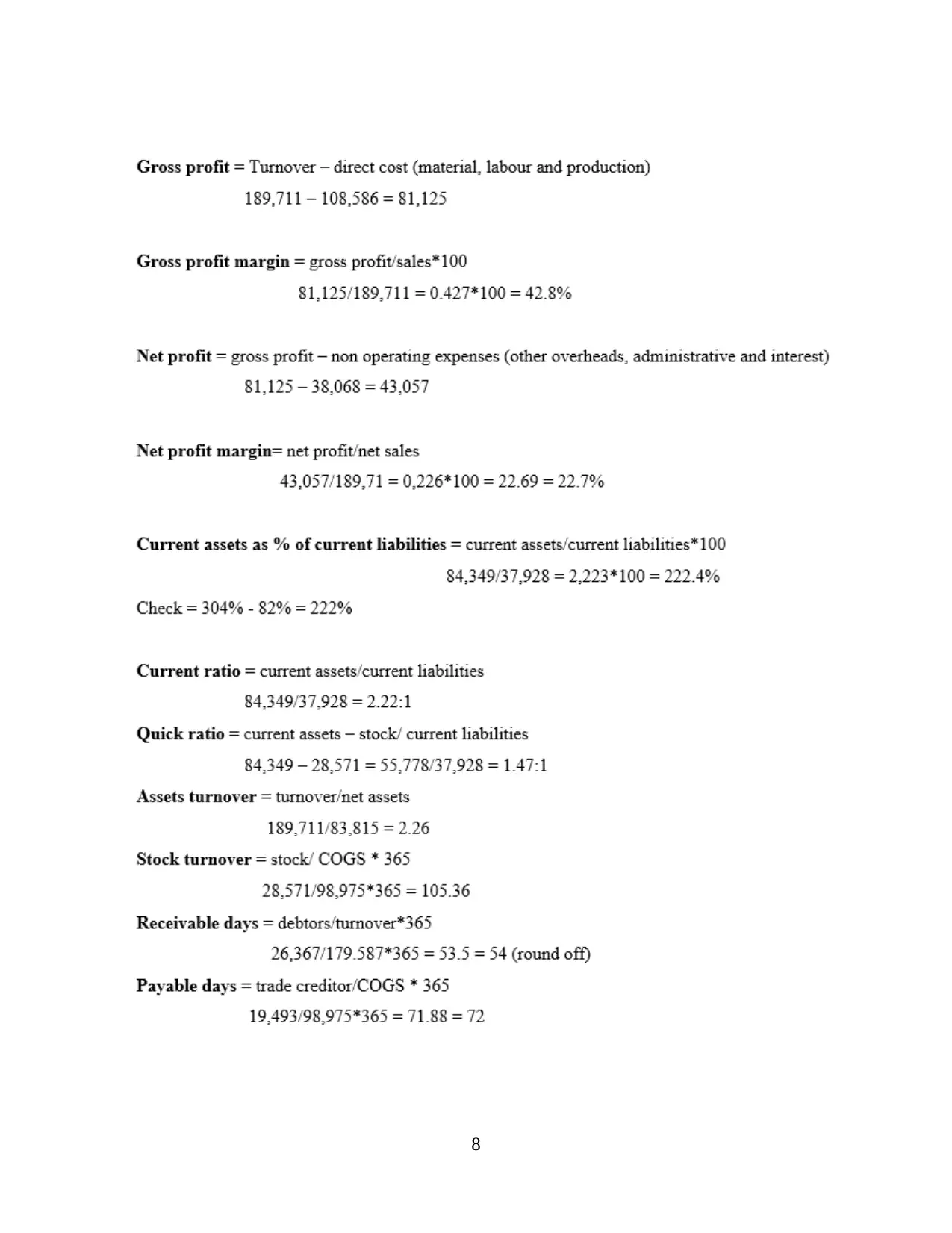
8
Paraphrase This Document
Need a fresh take? Get an instant paraphrase of this document with our AI Paraphraser

9
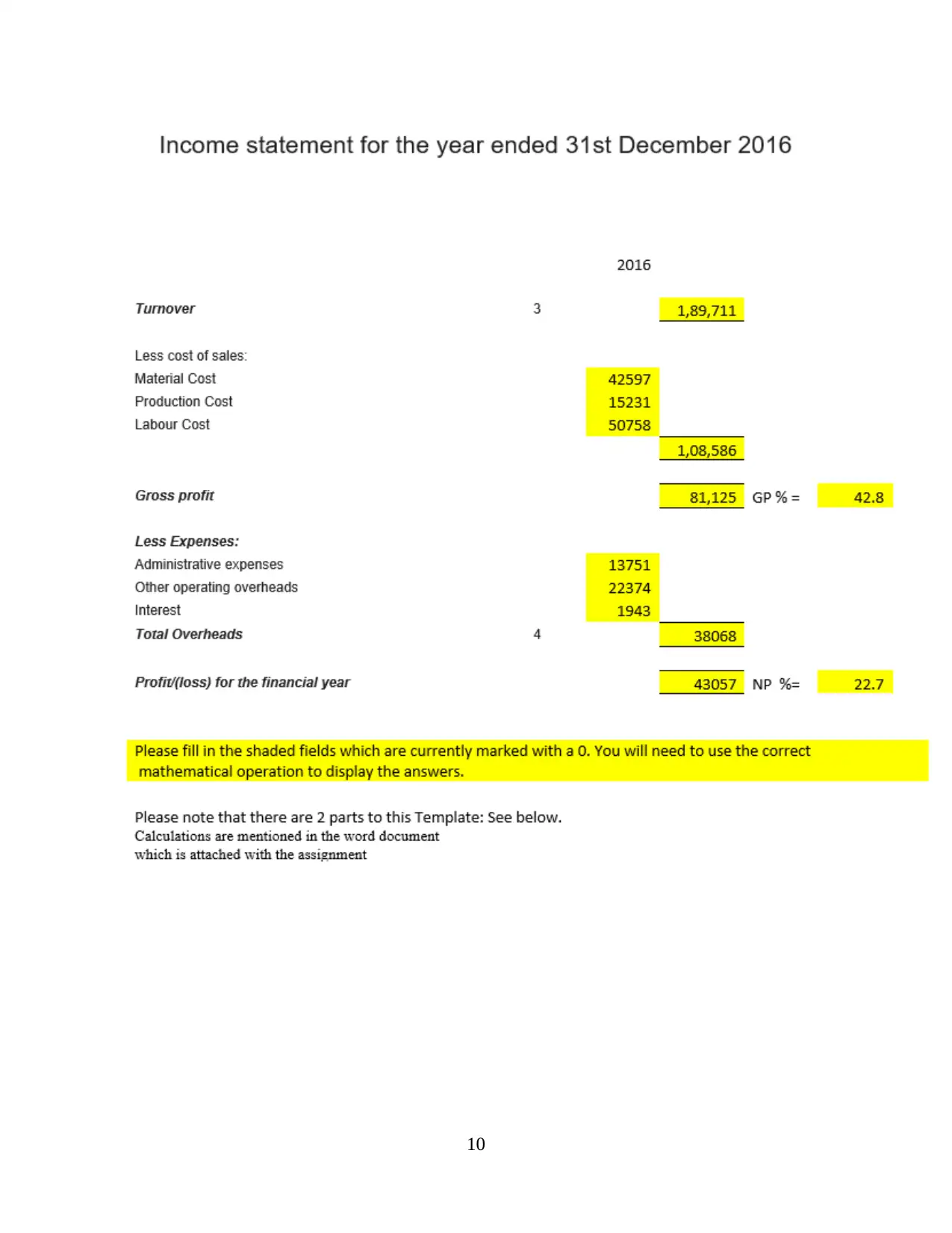
10
⊘ This is a preview!⊘
Do you want full access?
Subscribe today to unlock all pages.

Trusted by 1+ million students worldwide
1 out of 14
Related Documents
Your All-in-One AI-Powered Toolkit for Academic Success.
+13062052269
info@desklib.com
Available 24*7 on WhatsApp / Email
![[object Object]](/_next/static/media/star-bottom.7253800d.svg)
Unlock your academic potential
Copyright © 2020–2025 A2Z Services. All Rights Reserved. Developed and managed by ZUCOL.




